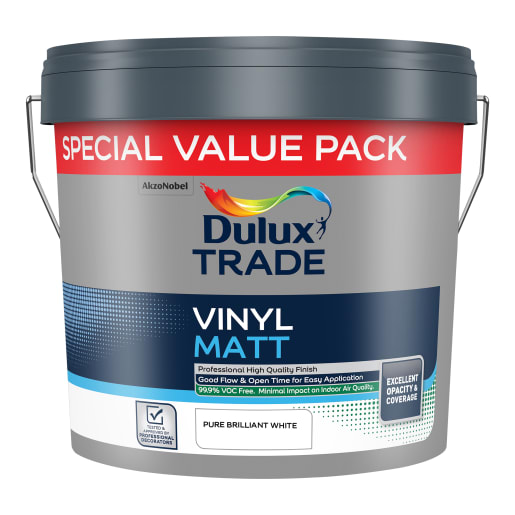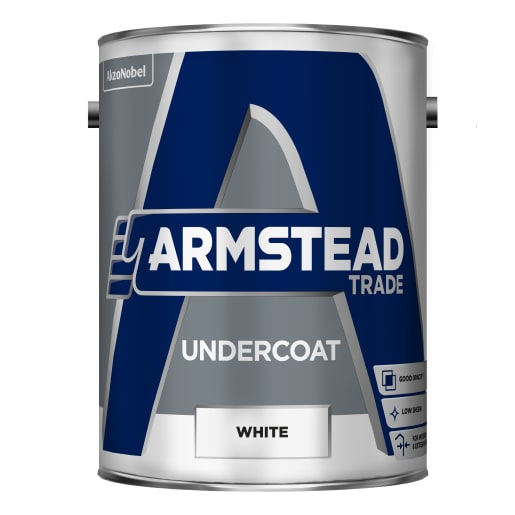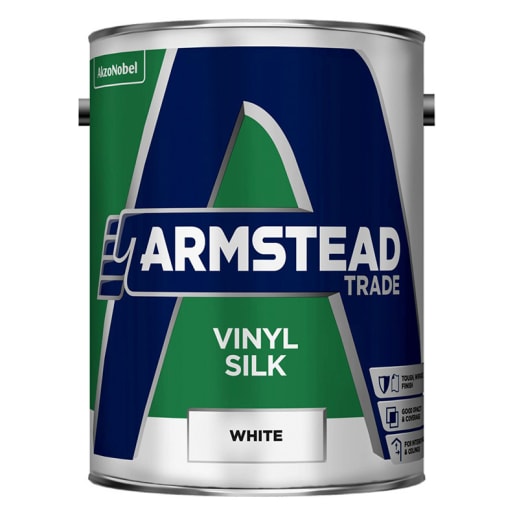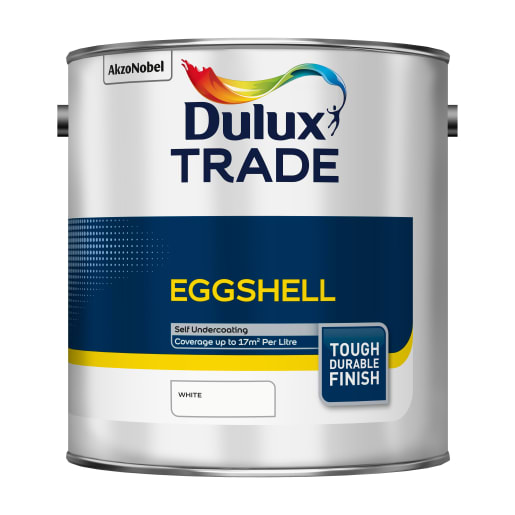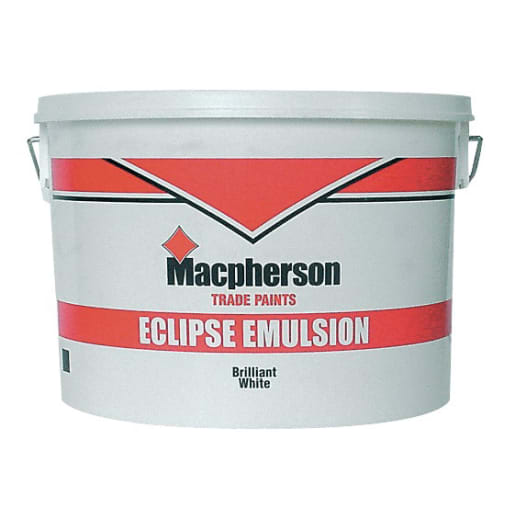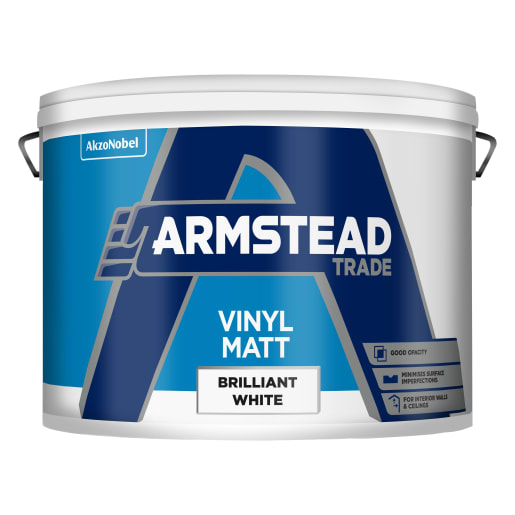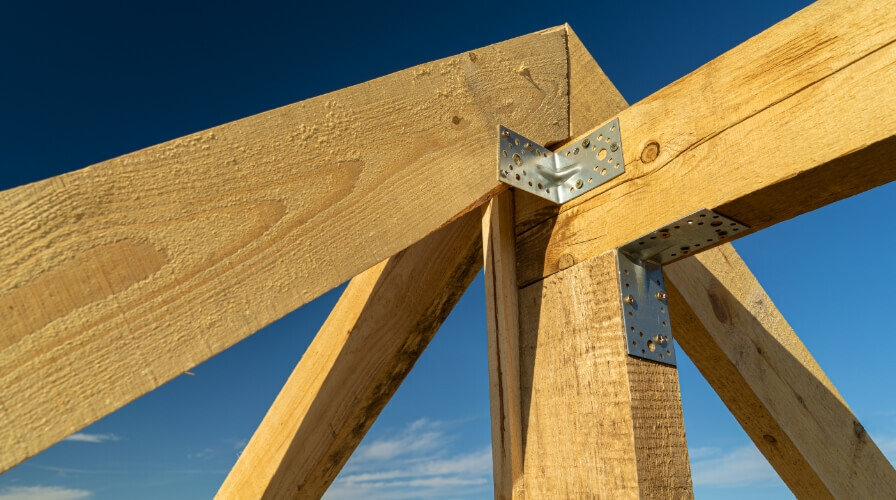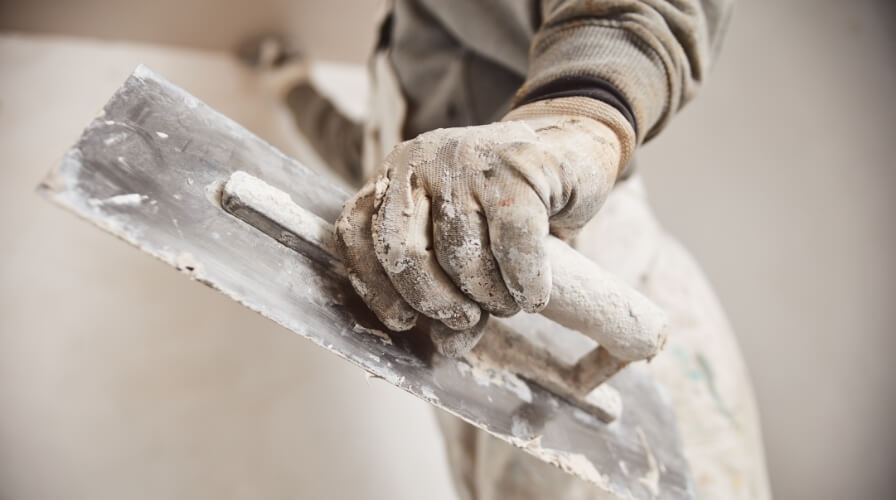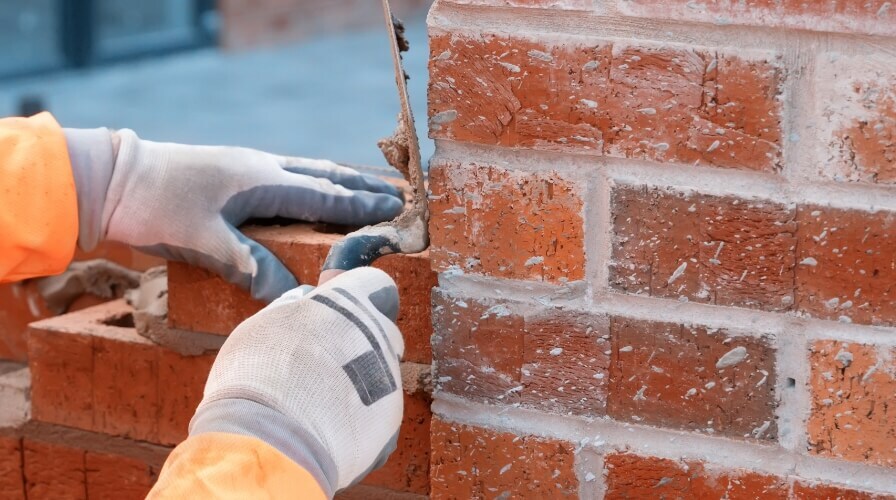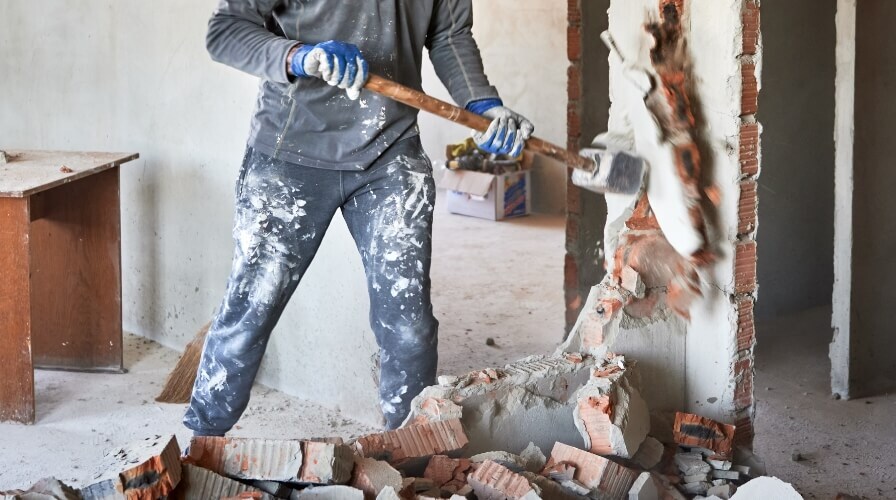Complete guide to interior paints
If you're working on a home renovation project for a customer and it’s time to give a room a fresh look, choosing the right type of paint can make a big difference.
With many finishes, picking the best paint types can be confusing. Let’s look at the different types of wall paint, their applications and their benefits so you can decide which one is right for the project.
What are the different types of paint finishes?
There are loads of types of wall paint and finishes. The ‘finish’ of paint describes the look and how shiny it is when dry. The most popular types of interior wall paint are matt, textured, satin, eggshell, semi-gloss, high-gloss and specialty paints.



